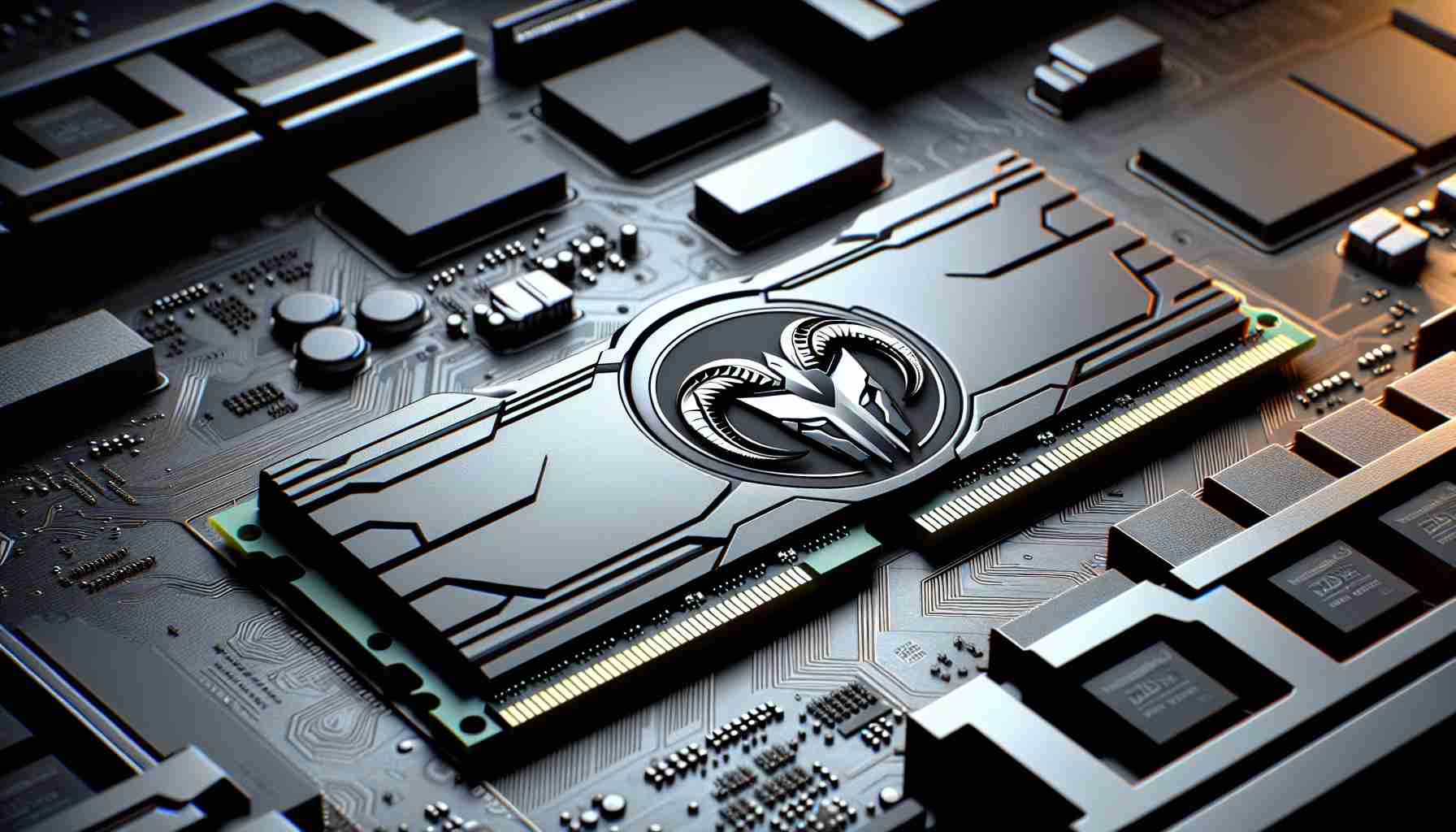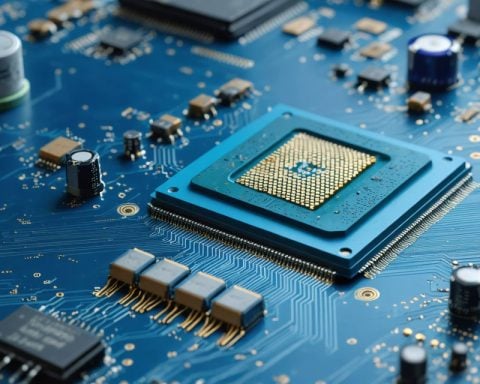Asgard, a prominent player in the gaming hardware industry, has launched its latest DDR5 memory kit, reaching an impressive speed of 9,600MT/s. This new development marks a significant leap in memory performance, and the company has hinted at plans to release kits achieving speeds of 10,000MT/s in the near future, leveraging innovative CUDIMM technology.
CUDIMM, or clocked, unbuffered, dual-inline memory modules, represents a breakthrough in memory technology. This advancement allows for dynamic adjustment of clock speeds and voltages, which is facilitated by the presence of an integrated clock driver on the module. This enables better stability and supports higher operating frequencies, which could revolutionize how gaming systems utilize RAM.
While the technology is gaining ground, Asgard’s latest offering stands out, despite existing options like V-Color’s recent 9,200MT/s module. The sleek design of the memory kits, available in elegant Midnight Black and Lightning Silver finishes, further enhances their appeal. Currently, availability is limited to the Chinese market, with larger manufacturers expected to follow suit shortly.
Although these high-speed kits may not provide significant advantages in current gaming scenarios, they reflect the industry’s shift towards faster memory solutions. As gamers and tech enthusiasts look to optimize their systems, considering the potential of DDR5 technology becomes increasingly essential. For those not yet on the DDR5 train, a motherboard and CPU upgrade might be necessary to fully exploit these advancements.
Asgard’s introduction of the DDR5 memory kit is part of a broader trend in the tech industry aimed at enhancing overall system performance through high-speed memory solutions. DDR5 memory offers improvements over its predecessor, DDR4, including increased bandwidth and better power efficiency, potentially leading to enhanced performance in data-intensive applications, such as gaming, video editing, and 3D rendering.
Key questions surrounding this technology include:
1. What are the benefits of DDR5 memory over DDR4?
– DDR5 memory provides higher data rates (speeds), increased bandwidth, improved power management, and greater capacity, allowing for better performance in multitasking and demanding applications.
2. What makes CUDIMM technology revolutionary?
– CUDIMM technology allows for dynamic clock speed and voltage management directly on the memory module, enabling higher stability and performance at increased speeds, adapting better to the needs of modern computing environments.
3. How does the pricing of DDR5 compare to DDR4?
– DDR5 memory is currently more expensive than DDR4 due to its advanced technology and manufacturing processes. However, as production scales and adoption increases, prices are expected to decrease.
Key challenges and controversies include:
– Cost vs. Performance: Many gamers may find that the performance enhancements offered by high-speed DDR5 memory may not justify the increased expense, particularly for games that currently do not take full advantage of this technology.
– Compatibility Issues: Upgrading to DDR5 may require a new motherboard and CPU, limiting its accessibility for some users who are not ready to make a full system upgrade.
– Limited Availability: Initially, DDR5 memory kits, like Asgard’s offering, may only be available in select markets, which can restrict access for consumers.
Advantages of Asgard’s DDR5 Memory Kit:
– High Speeds: Achieves speeds up to 9,600MT/s, with future potential to reach 10,000MT/s.
– Improved Stability: With CUDIMM technology, the integrated clock driver enhances stability and performance.
– Aesthetic Appeal: Stylish design options that attract gamers and PC builders.
Disadvantages:
– Higher Cost: The premium pricing can deter budget-conscious consumers.
– Need for Additional Upgrades: Users may need to replace their motherboard and CPU to use DDR5, leading to higher overall costs.
– Market Availability: Limited availability to specific regions (like China) may result in challenges for global consumers to access this technology.
For further detailed insights about gaming hardware advancements, you can visit Tom’s Hardware.


















